T4K3.news
Google Home adds scheduling to older Nest thermostats
Scheduling is now available in Google Home for Nest Learning Thermostat 3rd Gen and Nest Thermostat E, with schedules migrating from the Nest app and new sensor support.
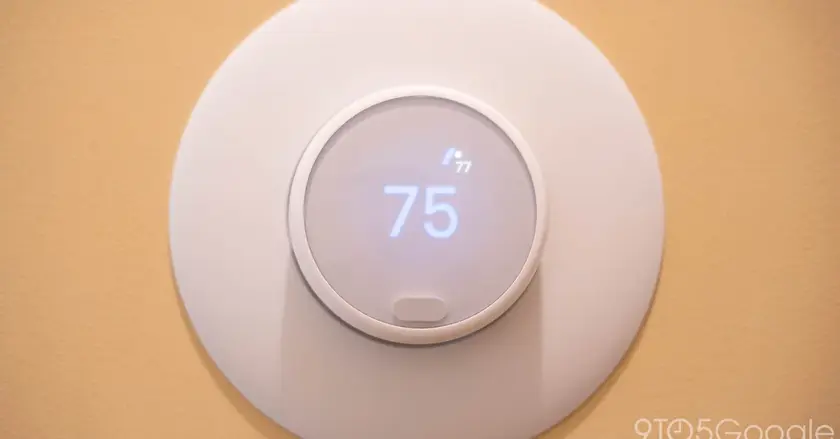
Updates bring full scheduling to older Nest models in the Google Home app, while newer devices receive visual tweaks and expanded energy insights.
Google Home adds scheduling to older Nest thermostats
Google has started rolling out scheduling support for older Nest thermostats through the Google Home app. The update covers Nest Learning Thermostat (3rd Gen) and Nest Thermostat E, enabling manual scheduling of heating and cooling and the transfer of existing schedules from the Nest app. Users will also gain access to sensor-based and fan scheduling on the Learning Thermostat. The oldest Nest Learning Thermostat generations will not receive these changes and are expected to be disconnected in the near future.
In addition, Google has refreshed the Home app visuals for newer Nest thermostats. The changes include clearer indicators of heating and cooling state and an updated energy dashboard with separate totals for heating and cooling, a breakdown of usage by stage and heating type, and week-to-week year-over-year comparisons. The rollout is incremental, so some users may not see the updates yet. The move aims to unify Nest and Google Home experiences and extend some compatibility for older devices where feasible.
Key Takeaways
"All of your existing schedules from the Nest app will carry over"
Direct quote on schedule transfer
"Extending life of legacy hardware, one schedule at a time"
Editorial takeaway on device lifecycle
"This update brings practical value even as some devices fade"
Balanced view of rollout and end-of-life
"Energy dashboards offer a real look at usage"
Note on new data tools
The update shows Google’s effort to unify its smart home tools under a single app. It also reveals a lifecycle tension: newer devices get refined interfaces and data tools, while older hardware is kept alive only to a point. The real test will be how customers react to the end-of-life plan for the oldest Nest models and whether this approach keeps users in Google’s ecosystem or nudges them toward upgrading.
For energy-minded households, the scheduling feature and improved dashboards could yield tangible savings. Yet the partial rollout and the plan to disconnect the oldest devices create a mixed message that could erode trust if customers feel left behind. The broader question is whether tech companies can balance extending hardware life with a sustainable business model.
Highlights
- Old Nest devices finally get a real schedule in Home
- Extending life for legacy hardware one schedule at a time
- Upgrading the basics while pushing progress in smart homes
- Energy dashboards add clarity without replacing hardware
Potential backlash over older Nest devices losing support
Google extends scheduling to older Nest models but will disconnect first and second generation Learning Thermostats soon. This could frustrate users who rely on legacy hardware and raises questions about product lifecycles and support promises.
The pace of change in smart home ecosystems invites steady patience.
Enjoyed this? Let your friends know!
Related News
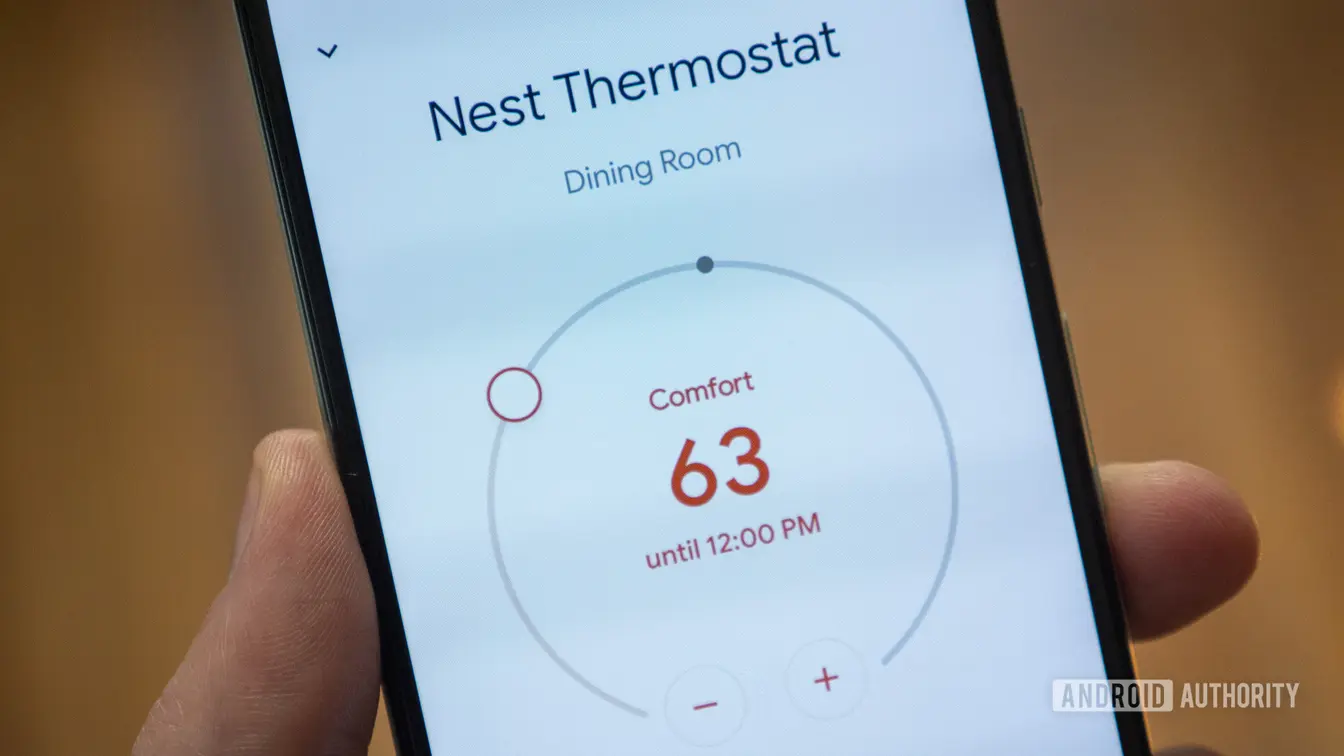
Google Home adds full temperature scheduling for older Nest thermostats
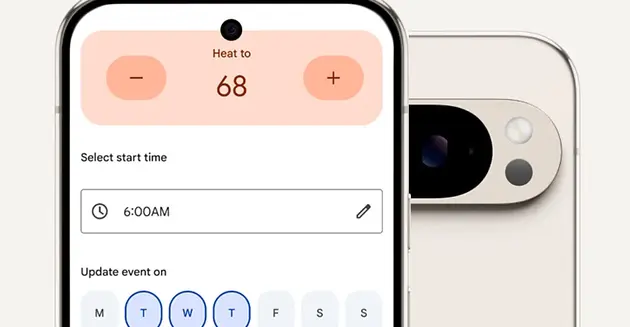
Nest scheduling moves to Google Home app
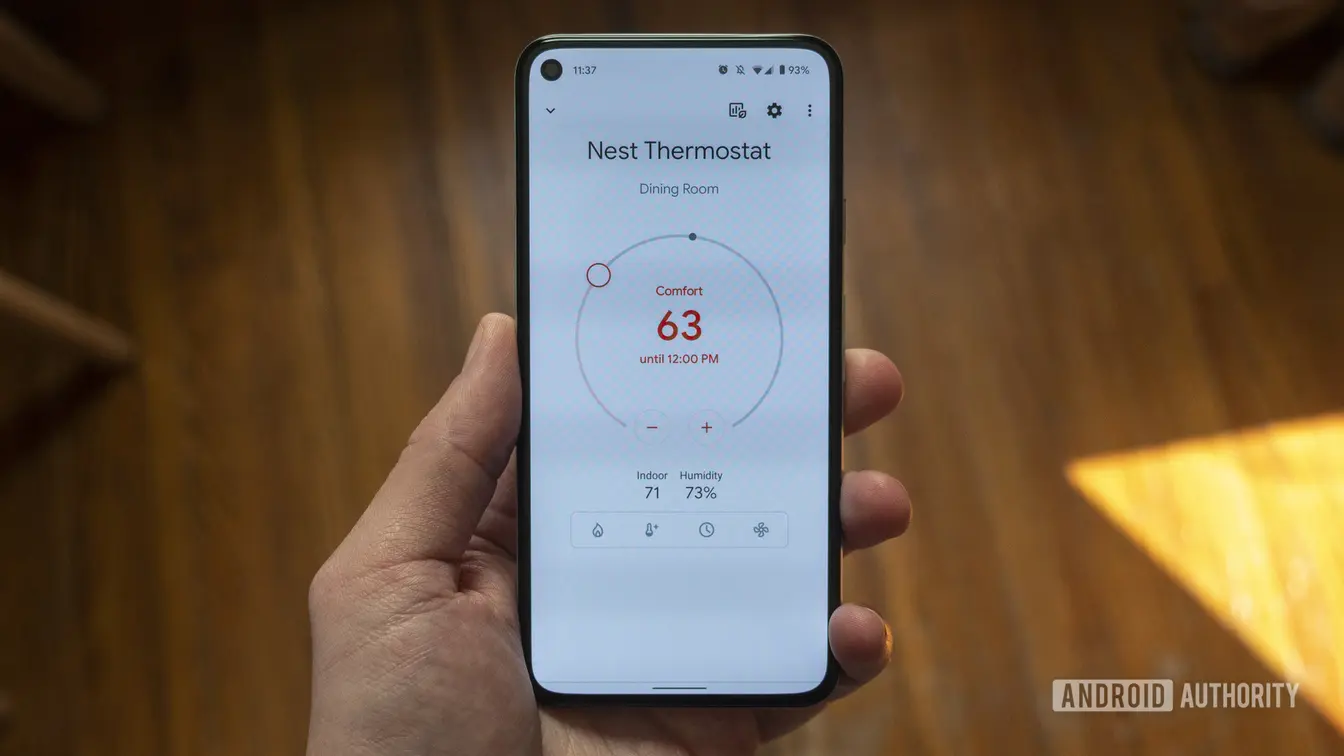
Hot water control comes to Google Home

Google reveals Gemini Home teaser
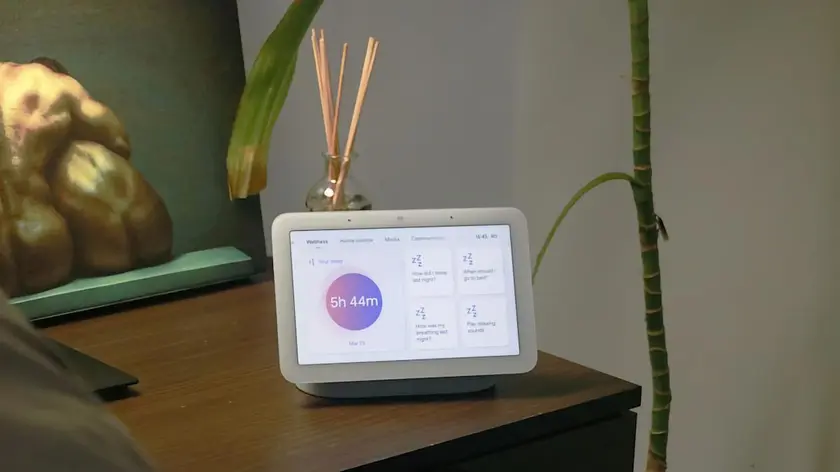
Gemini arrives on Google Home this October
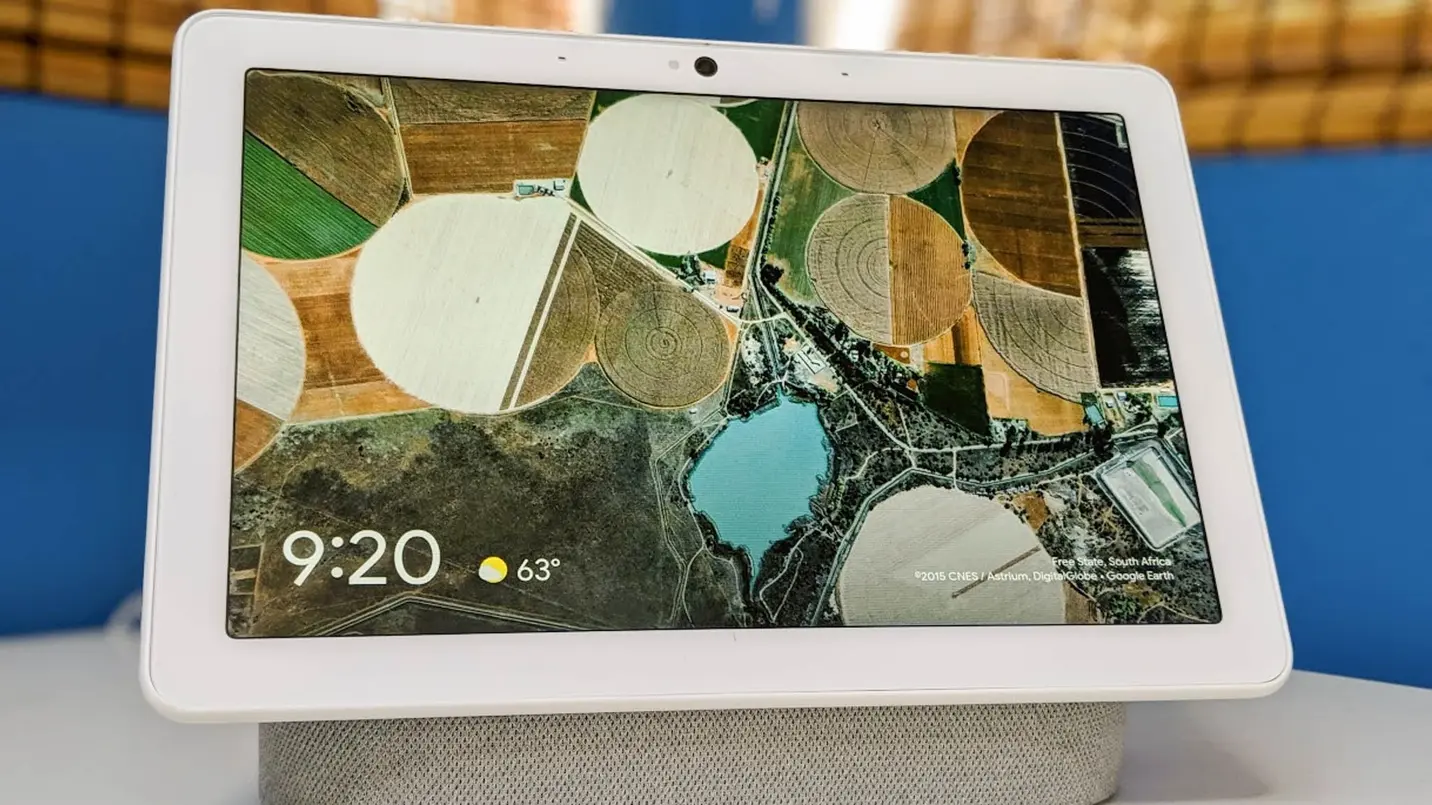
Google responds to Nest user complaints about smart home devices

Gemini for Home Previewed with New Nest Speaker
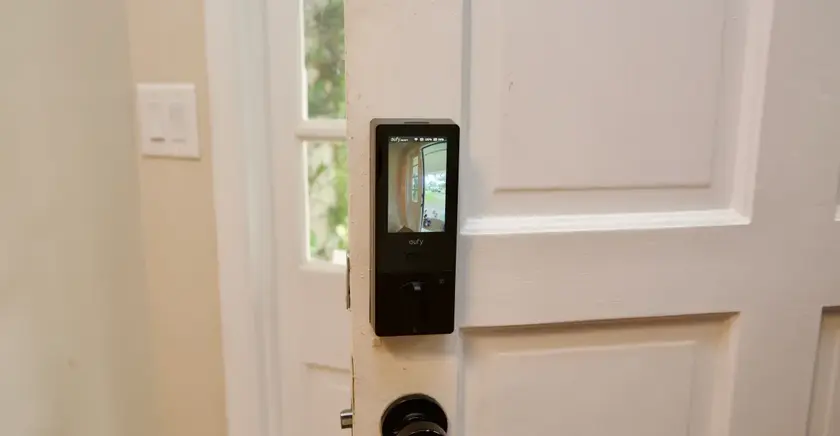
Eufy launches FamiLock S3 Max smart lock
